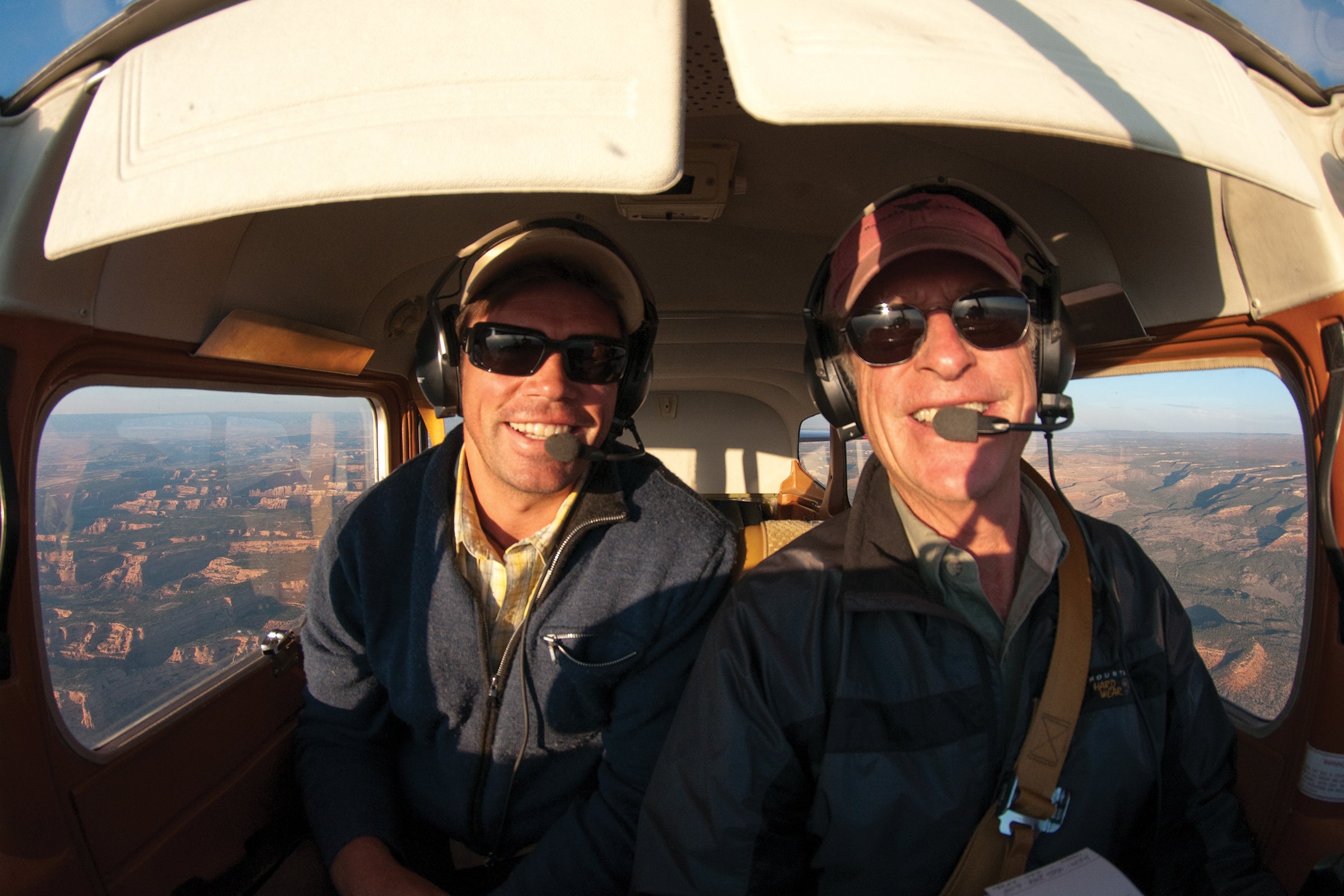I Photographed Every Mile of the Colorado River. Here’s What I Learned.
More than 15 years ago, Pete McBride set out to document all 1,450 miles of the threatened waterway. He captured its beauty and multiplying challenges, and his images underscore why its preservation is essential to us all.
New perk: Easily find new routes and hidden gems, upcoming running events, and more near you. Your weekly Local Running Newsletter has everything you need to lace up! .
On a warm April morning, I gaze at a ghost tree towering above me. Its leafless canopy seems to be staring up as well, in similar disbelief, at the 500-foot-high sandstone cliffs surrounding us.
There’s a cluster of 70-foot-tall cottonwoods on this river-bottom spot, dead for decades yet seemingly frozen between the worlds of the living and the dead. Their trunks are black and encrusted with white sediment, but somehow this ancient desert forest is still standing—like a phantom reminder of what we’ve lost.
The base of the tree trunk is swallowed by oozing, fine-grained silt that matches the palette of the walls. This cliffed cathedral is hidden inside a drainage arm of the Escalante River, which flows south into Glen Canyon, and for much of my life until recently, the grove at its base was underwater, submerged beneath what used to be a northern reach of Lake Powell, the second largest reservoir in the United States.
As of November, Lake Powell was 37 percent full—unnervingly dry, but significantly up from its record 22 percent low in spring 2023.
What amazes me most is that I’m walking in roughly the same path that my father, John McBride, did more than 50 years ago. I’m sure about my location because I’ve studied the old Super 8 footage he shot with his Beaulieu in 1968. The soundless clips show my father and a few pals joyfully exploring this same side canyon, which is at nearly the exact same level it is now. This was a few months before it was all drowned, and three years before I was born.
They wanted to see what nature photographer Eliot Porter called “the place no one knew” before it completely vanished. Of course, Indigenous people had lived throughout this region for centuries and knew these labyrinths intimately. But few non-Natives—relative newcomers—did. And so, during America’s dam-building era, when the Bureau of Reclamation put nearly every western river in its sights, the government flooded Glen Canyon behind the 710-foot-high wall known as Glen Canyon Dam. Little thought was given to what might happen to the river and its hydrologic cycles, habitat, and archaeological wonders.
I’ve known this river my entire life. I grew up near its headwaters and learned to swim in alpine lakes and tributaries fed by Rocky Mountain snowmelt.
Seeing the same trees my father did is weirdly sad and joyous. Lines of cement-colored silt and sediment, known as the bathtub ring, mark the walls around me. On the canyon floor, partially buried recreation detritus—beer cans, golf balls, lawn chairs, even a sunken Jet Ski—add to the time-
capsule experience.
Len Necefer, a friend, documentary filmmaker, and member of the Navajo Nation, is with me today. He walks over and casually says, “Wild. The canyon is returning. Nature bats last.”
“I guess so,” I say. “Especially when you’re playing with deep, geologic time.”
I think about what my father saw more than half a century ago. These days his memories of that adventure are murky, but his grainy old footage is profoundly revealing. It shows these same trees thriving, with grassy meadows around them. Indigenous structures are perched on cliffs, and lush springs create dancing waterfalls that spill into green alcoves. He and his friends appear equally vibrant—running, laughing, jumping. My dad looks tan and strong, his mood carefree.
It’s as if the Colorado and my father loosely reflect each other: Back then they were both wilder. Today both have been slowed.










